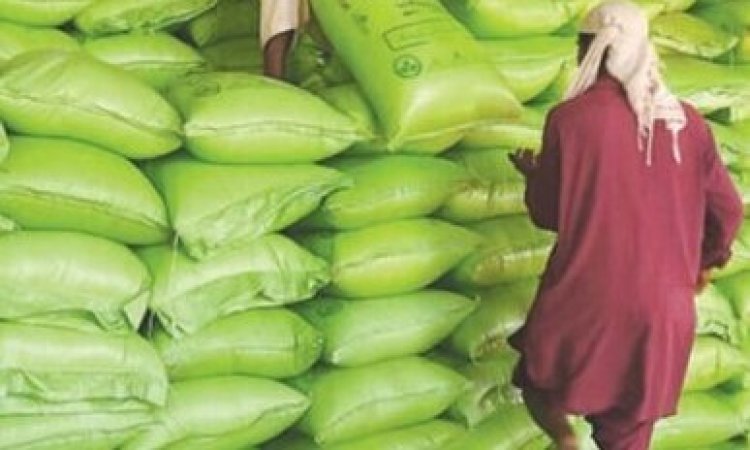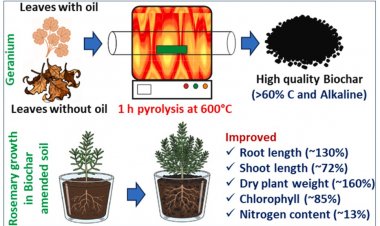Urea prices go down by up to 45 per cent in global market due to fall in demand
Urea prices, which had gone up to as high as nearly $1,000 per tonne, have come down to $550 per tonne. Besides, the price of ammonia, the raw material for urea, has also decreased from $1,100 per tonne to $850 per tonne. India had to buy urea at up to $980 per tonne due to the high prices.

It seems the government may get some relief on the subsidy front that had been inflating due to record-breaking fertilizer prices. The relief will come on account of the steep decline seen in urea prices. A substantial decline has been registered in the prices of urea and ammonia, its raw material, in the global market due to the off-season after February and a steep fall in demand.
According to industry sources, urea prices, which had gone up to as high as nearly $1,000 per tonne, have come down to $550 per tonne. Besides, the price of ammonia, the raw material for urea, has also decreased from $1,100 per tonne to $850 per tonne. India had to buy urea at up to $980 per tonne due to the high prices.
The primary reason for the fall in urea and ammonia prices in the global market is that the urea production capacity has become greater than its consumption. The four-month off-season from February to May has burdened the companies with excess stock. The drought in Brazil has led to a reduction in its imports. Neither has it, for the same reason, entered into advance deals for urea imports. An official related to the fertilizer industry says that the consumption of urea almost comes to a halt after February. Only China sees some consumption. In most countries, the four-month period from February to May is considered off-season. During this period, the production of urea and ammonia by fertilizer companies led to a big problem of stocking them. And this is what has led to the fall in prices.
The Government of India is expected to issue a urea import tender in the first week of July. India is expected to make import deals at $540 per tonne. The government sells urea to the farmers at Rs 5,900 per tonne. The subsidies had registered a massive increase due to urea being imported at prices of $970 and $980 per tonne. According to industry sources, if we add 5 per cent import duty on the deals made at the price of $540 per tonne and the handling and bagging prices of rupees 1,500 per tonne, the price will come to about Rs 42,000 per tonne. Contrast this with the period when this price had gone up to about Rs 75,000 per tonne. When compared to the peak prices, the government will save about Rs 30,000 per tonne on the subsidy front due to the decrease in prices.
The domestic consumption of urea is about 350 lakh tonnes (lt) in our country. Most of this is met through supply from the domestically produced urea, which stands at 260 lt. Every year we have to import about 100 lt of urea. However, the beginning of production at the Ramagundam and Gorakhpur fertilizer plants will lead to an increase of about 10 lt in domestic production capacity. This will lead to a decline in imports.



 Join the RuralVoice whatsapp group
Join the RuralVoice whatsapp group







































